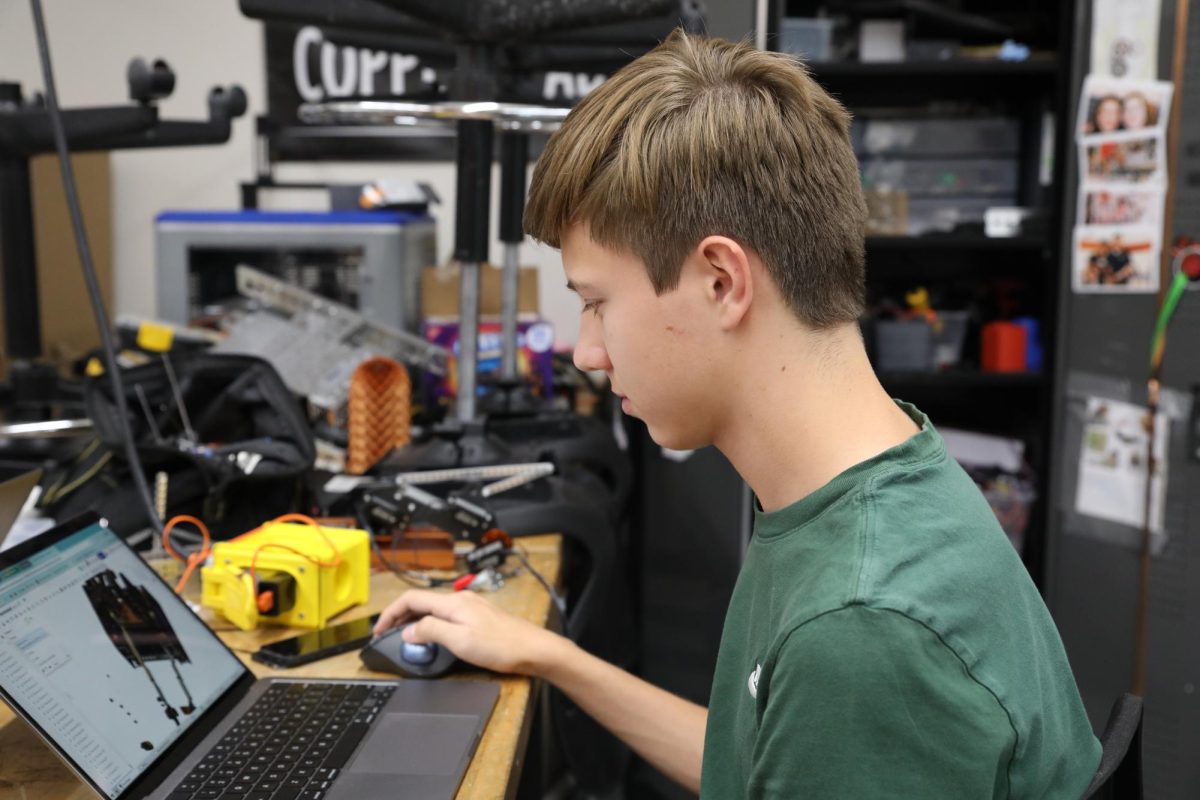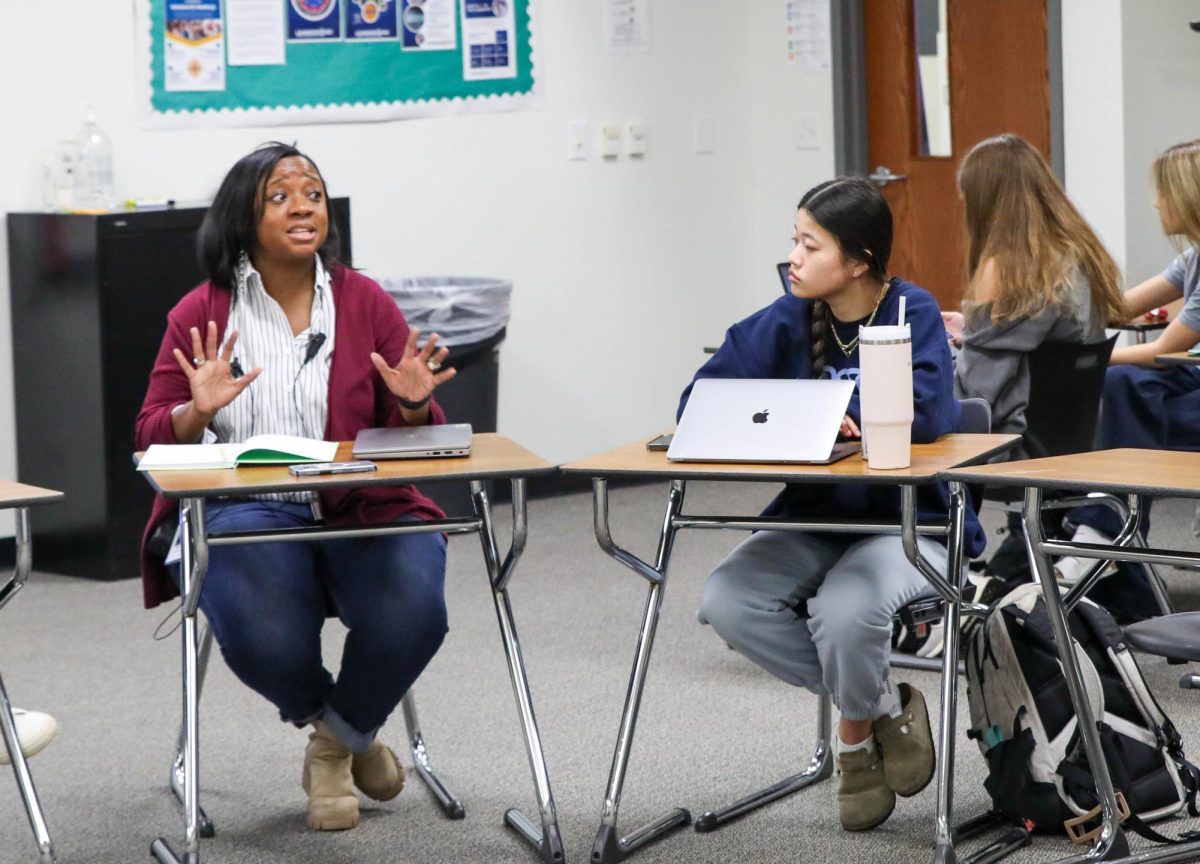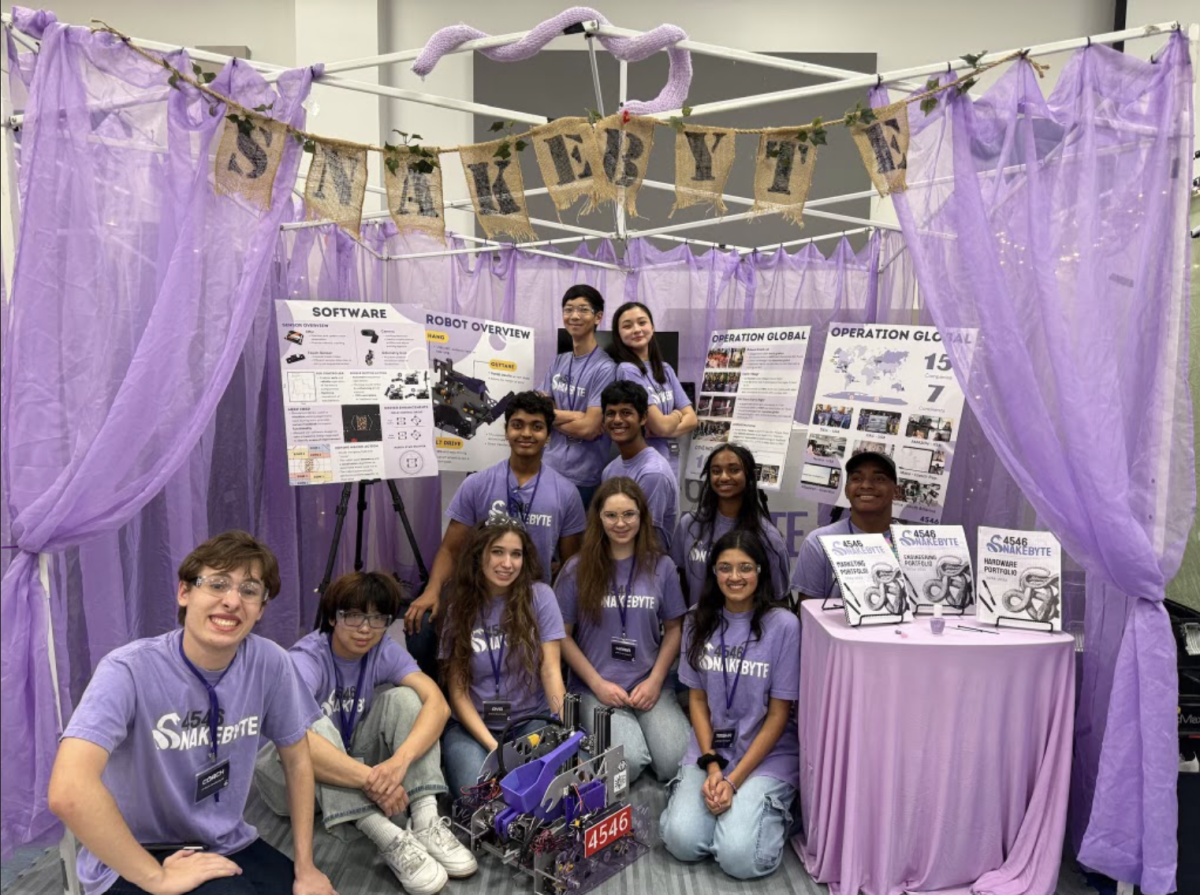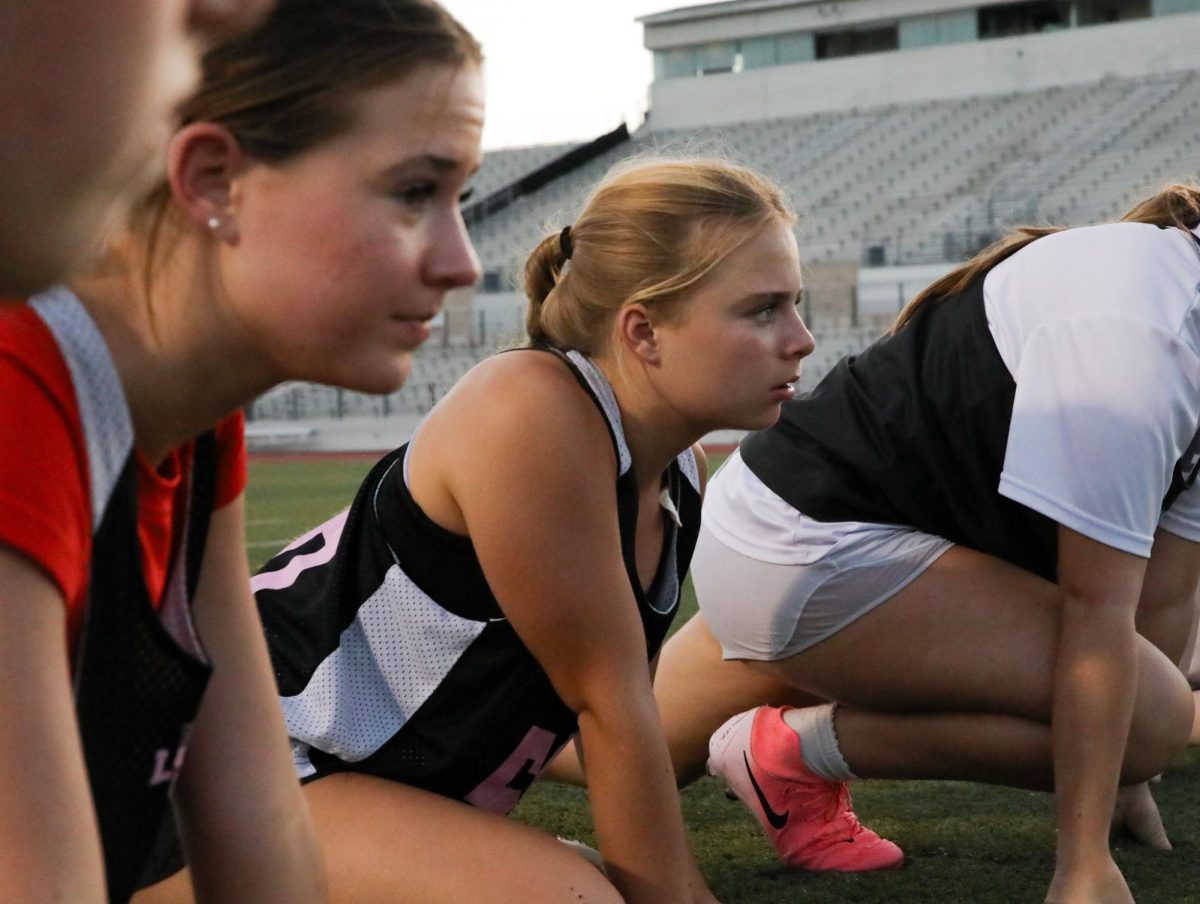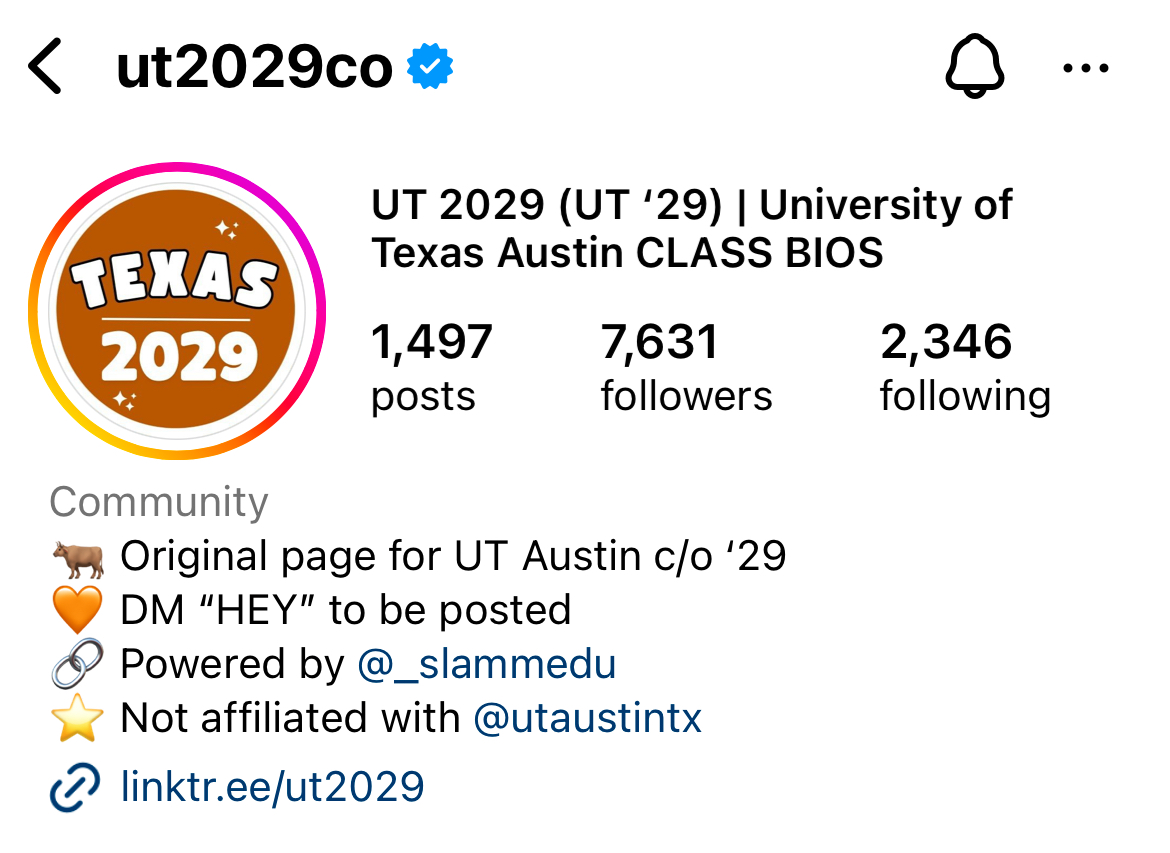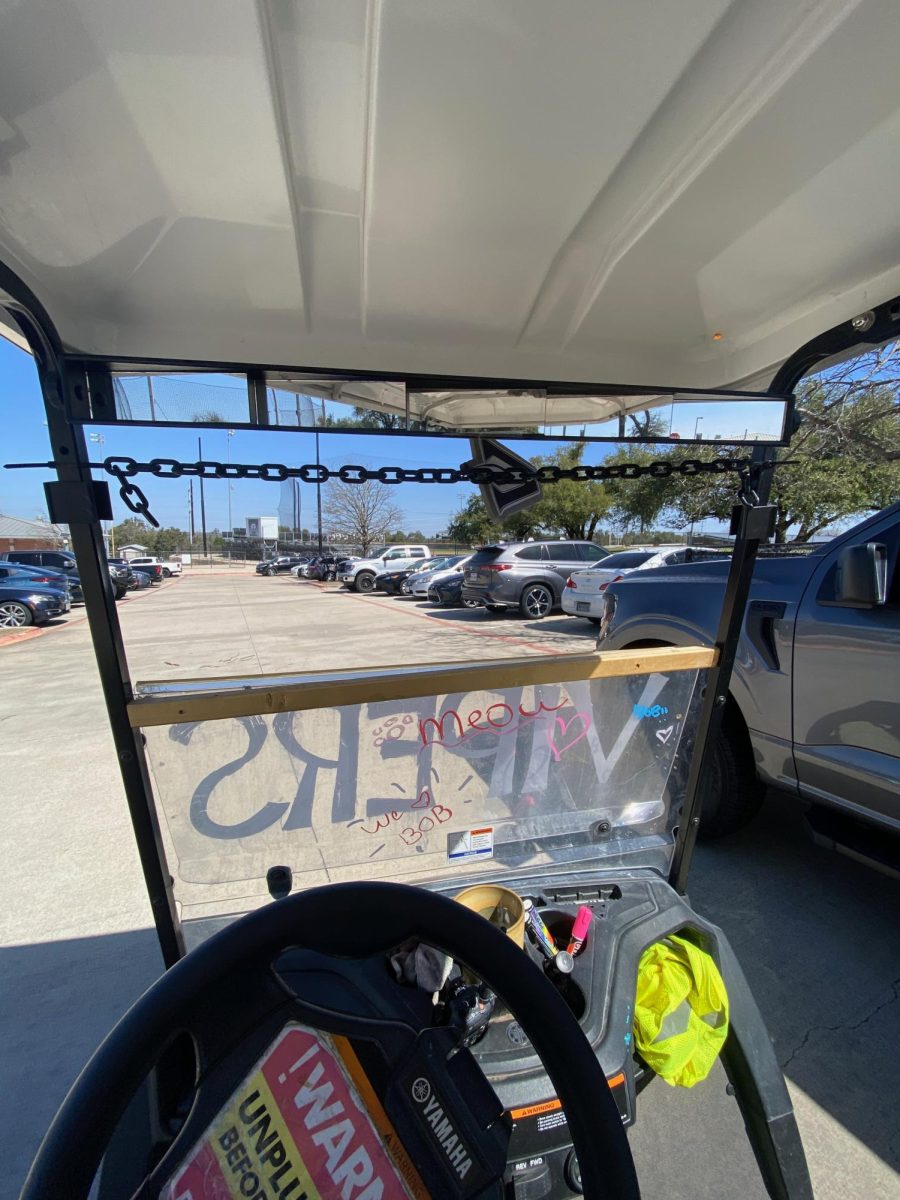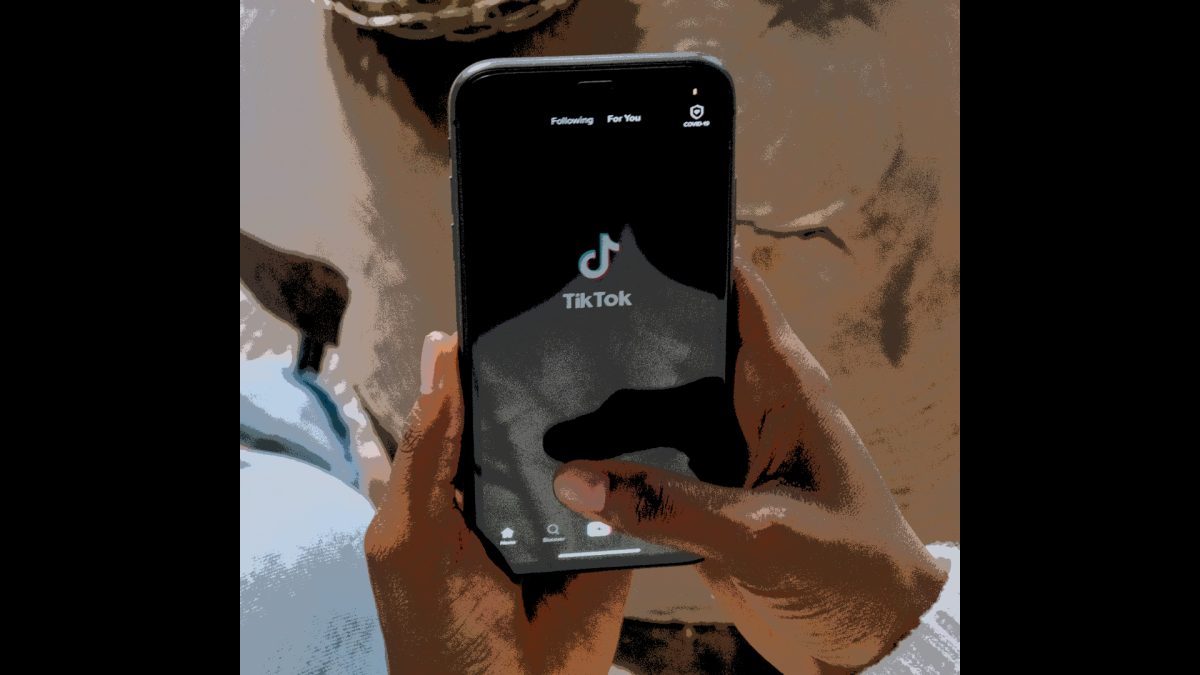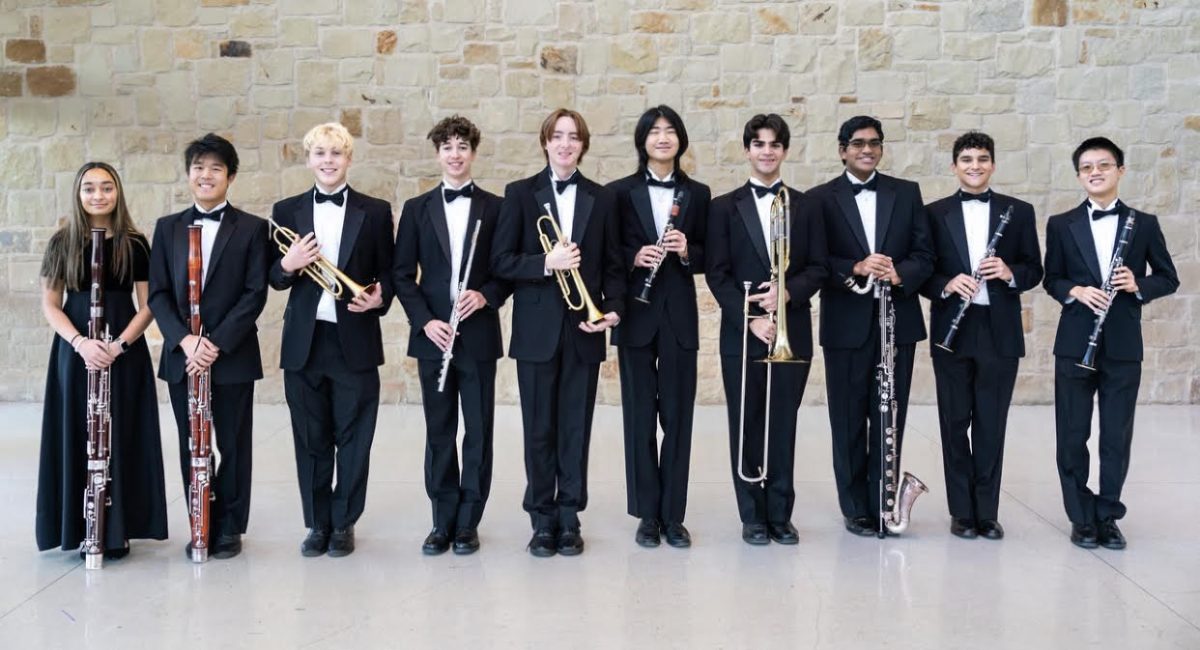A Google spreadsheet stretches 47 rows and “N” columns across a computer screen, labeling everything from the date ordered, to who ordered it, to the vendor, to a complete description of the product. A budgeter’s dream, and an average person’s nightmare. While arguably overly detail-ridden, it is this very budget sheet that keeps Viperbots running as smoothly as the gears of their robots.
As the Viperbots prepare for the upcoming competition season, teams balance their project budgets between hardware, software, outreach, and travel, while reaching out to friends, and businesses, and applying for grants as additional forms of funding.
“I wasn’t involved in leadership last year, so I was expecting the budget to be higher than it actually ended up being,” senior Abigail Mack said. “A smaller budget causes you to think a little more about the importance of each [robot] part before ordering.”
According to senior Anjali Narayanan, teams typically receive $2,000 to $3,000 per year to spend on hardware for the robots, and another $300 for marketing and outreach. Narayanan utilizes programs such as Computer Aided Design (CAD) to mock up her robots before purchasing parts.
“Whichever parts we end up using in the CAD design, we plug into a spreadsheet and then someone will buy it for us,” Narayanan said. “That way we can manage our expenses and kind of come together as a team for any other items we need.”
Teams are allowed to seek sponsorship from outside organizations, however the amount an individual team can receive is capped at $1,000 before the rest is redistributed by the ViperBots Booster club.
“Basically, we reach out to companies and just ask them if they want to sponsor us,” senior Abigail Mack said. “A lot of the companies have been sponsoring us for years, and they’ve been helping us with the design process.”
The program also receives funding from grants such as the For Inspiration and Recognition of Science and Technology (FIRST) in Texas grants. So far, ViperBots have received two of the grants from Apple, which went specifically toward funding the Hydra and Copperhead teams.
“It’s just kind of a cycle that we try to continue to sustain this program, as this is our 15th year,” robotics sponsor Elizabeth Lewey said.
According to Lewey, Viperbots makes one large purchase for the organization each year. One year, Viperbots funding was used to purchase a box truck, which recently allowed the team to transport their equipment to California for a competition this September.
“[The truck] was just a powerhouse of students, parents, and companies bringing the funding to allow us to do that,” Lewey said. “A lot of [these purchases] kind of play into how we can more efficiently meet the needs of the students in the program.”
Recently, the FIRST Tech Challenge (FTC) program purchased $10,000 of 3D printers after the students designated them as a necessity.
From day one out of the box, students were asking, ‘How can I help set this up?’,” Lewey said. “So [these purchases] get students invested in not only how we are funding this, but also that all the work we are putting in as an organization is so we can make purchases like this work.”
While the program has a variety of funding forms, according to Lewey, students and parents have expressed concern regarding budgeting and how the program is allocating its money.
“Students have noticed that I communicate differently about resources,” Lewey said. “I’ve been given a lot of feedback from parents from students and other faculty members that have been invested in the program, and I think the most difficult thing is that people make assumptions, and oftentimes, you’ll see things and you might just perceive an inequity.’
Robotics leaders such as Mack and senior Celina Yang have already spent the majority of their budgets, causing some concern over their ability to sustain their remaining funds throughout the rest of the school year.
“I think it depends year to year, but this year I definitely feel a little bit of stress that we are going to run through our budget,” Yang said. “We’ve already spent $2,100, so if we have to redesign both later on, we would probably not have enough money.”
Narayanan, on the other hand, has not experienced stress regarding her teams’ budget.
“If you go over budget, it’s okay,” Narayanan said. “For FTC, there’s $30,000 total that we can spend, so within teams, if I spend a little bit less one year, someone else spends a little more, so everything balances out. We also have savings, so in FTC we really haven’t had many problems.”
The school district acts as a final source of funding, providing Viperbots with needed equipment, as well as allowing students to travel off campus for competition.
“This is the first district in the state of Texas that has really figured out how to not just fund the robotics program, but all Career Technical Education programs,” Lewey said. “I’ve heard from other teachers, specific ways that the district has provided equipment that they didn’t have in the past, and providing funding for us to take students off campus and have real world experiences. I’m getting goosebumps just thinking about it.”
Both Lewey and Narayanan share a positive outlook on the program’s abilities to maintain stability, due to the extent to which the program has received funding.
“We’re a really well funded school,” Narayanan said. “Without access to a lot of these materials and funding, we wouldn’t be able to build good robots just because they wouldn’t be great at doing their jobs.”



